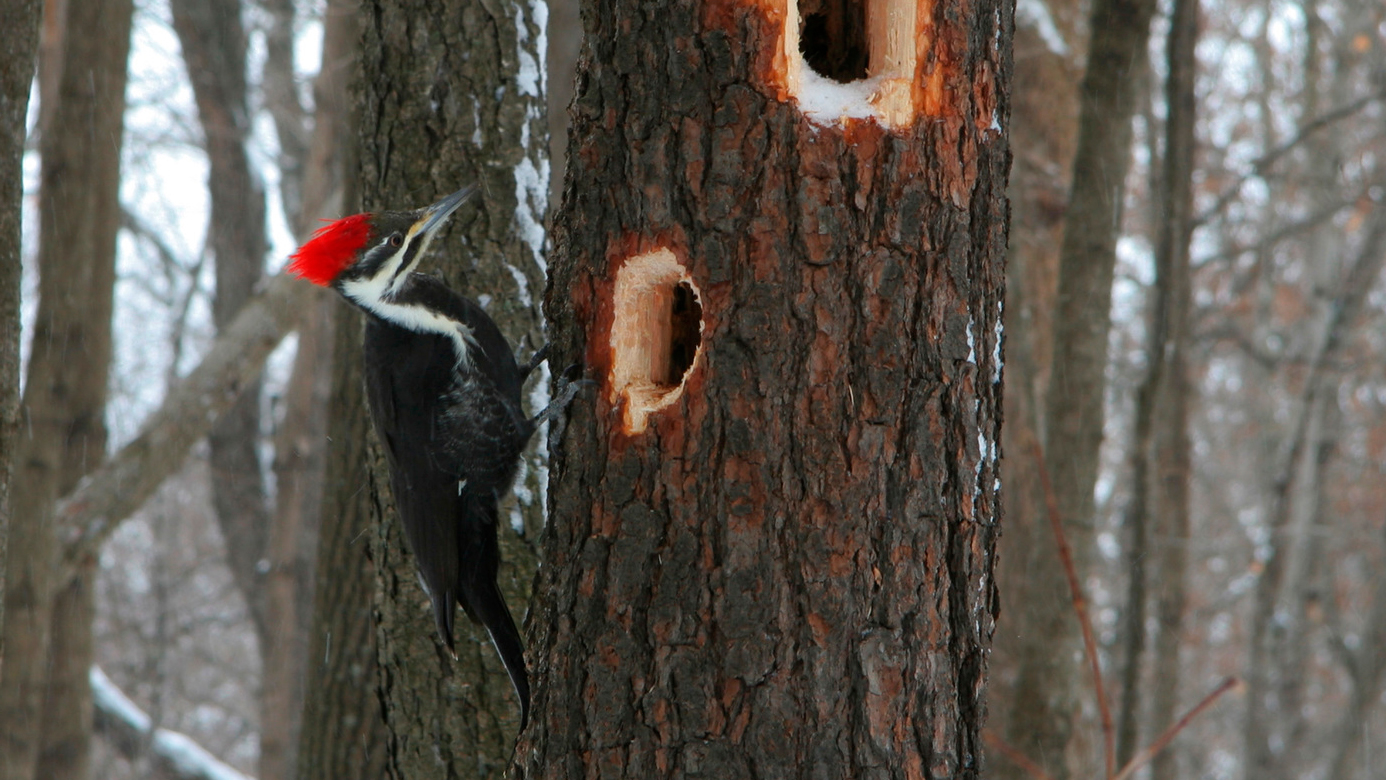Observing Woodpeckers in Florida: Types Diversity and Distribution
Observing Woodpeckers in Florida: Types Diversity and Distribution
Blog Article
Discover the Fascinating Globe of Woodpeckers: Whatever You Need to Know
The world of woodpeckers is a world loaded with one-of-a-kind actions, complex adjustments, and a varied range of varieties. From their habitats and distribution patterns to their feeding behaviors and specialized anatomical functions, woodpeckers have actually long captivated the rate of interest of ornithologists and nature fanatics alike.
Woodpecker Habitats and Circulation
Woodpeckers occupy a diverse variety of atmospheres worldwide, showcasing flexibility in their distribution patterns. These resilient birds are located in woodlands, woodlands, savannas, and deserts across numerous continents, showing their capability to grow in various weather problems. In The United States and copyright, for instance, woodpeckers can be detected in both coniferous and deciduous woodlands, using their solid beaks to forage for bugs and produce nesting tooth cavities in trees. In Africa, certain woodpecker types have adapted to dry settings, such as the acacia forests, where they play a vital duty in regulating insect populaces.

Feeding Behaviors and Diet Plan
Amongst the numerous facets of their actions, woodpeckers show unique feeding practices and dietary preferences. These birds are mainly insectivores, with a diet plan that includes ants, beetles, caterpillars, and other insects located in trees. Woodpeckers use their strong beaks to drill right into the bark of trees, penetrating for pests and larvae concealed below the surface. In enhancement to pests, woodpeckers also consume nuts, seeds, fruits, and sap. Some varieties have actually specialized tongues with barbed ideas that help them remove pests from gaps in wood.
Woodpeckers are recognized for their drumming habits, which serves not only to connect with various other woodpeckers however also to situate food. The quick drumming noise is produced by the bird pecking on resonant surface areas like dead trees or metal poles. This actions can draw in insects hidden in the timber, enabling the woodpecker to discover their presence and prey on them.
Special Adjustments for Tree Climbing
In their adept quest of pests concealed within tree bark, woodpeckers have actually evolved amazing anatomical functions that furnish them with special adjustments for reliable tree climbing. Woodpeckers have solid neck muscular tissues and an one-of-a-kind head framework that soak up the effect of continuous pecking, enabling them to climb vertically without causing harm to their brains. These adjustments showcase the extraordinary transformative style that allows woodpeckers to navigate trees with precision and performance.
Diverse Woodpecker Variety Worldwide
With over why not find out more 200 different types spread across numerous environments worldwide, the family members of Picidae includes an impressive diversity of woodpeckers. These birds can be discovered in forests, timberlands, savannas, and also metropolitan areas, showcasing their adaptability to various environments. From the iconic Northern Flicker in North America to the vivid and elusive Crimson-backed Flameback in Asia, each woodpecker species shows special attributes in terms of plumage, behavior, and habitat preference.
Woodpeckers vary substantially in dimension, with the diminutive Downy Woodpecker gauging around 6-7 inches in size, while the effective Lineated Woodpecker can get to up to 17 inches - Woodpeckers in Florida. Their beaks additionally come in various forms and dimensions, reflecting their feeding habits. Some varieties focus on extracting insects from tree bark, like the Acorn Woodpecker, while others, such as the Black-cheeked Woodpecker, eat fruits and seeds

Conservation Efforts and Difficulties
Preservation efforts for woodpecker populaces are crucial in alleviating the influence of environment loss and various other threats facing these diverse avian varieties. Woodpeckers encounter numerous obstacles to their survival, largely due to logging, urbanization, environment adjustment, and invasive species. To deal with these concerns, preservation initiatives concentrate on securing and find out this here bring back woodpecker habitats, executing lasting forestry techniques, and elevating understanding regarding the significance of these birds in environments.
One considerable obstacle in woodpecker conservation is the fragmentation of their habitats, bring about separated populations that are much more vulnerable to termination - Woodpeckers in Florida. Guardians function to produce wildlife hallways and secured areas that connect these fragmented environments, enabling woodpeckers to relocate in between different locations for feeding, reproducing, and shelter

Conclusion
In conclusion, woodpeckers are fascinating birds with special adjustments for tree climbing and feeding habits. Further research and preservation actions are needed to ensure the survival of woodpeckers in the wild.
Report this page